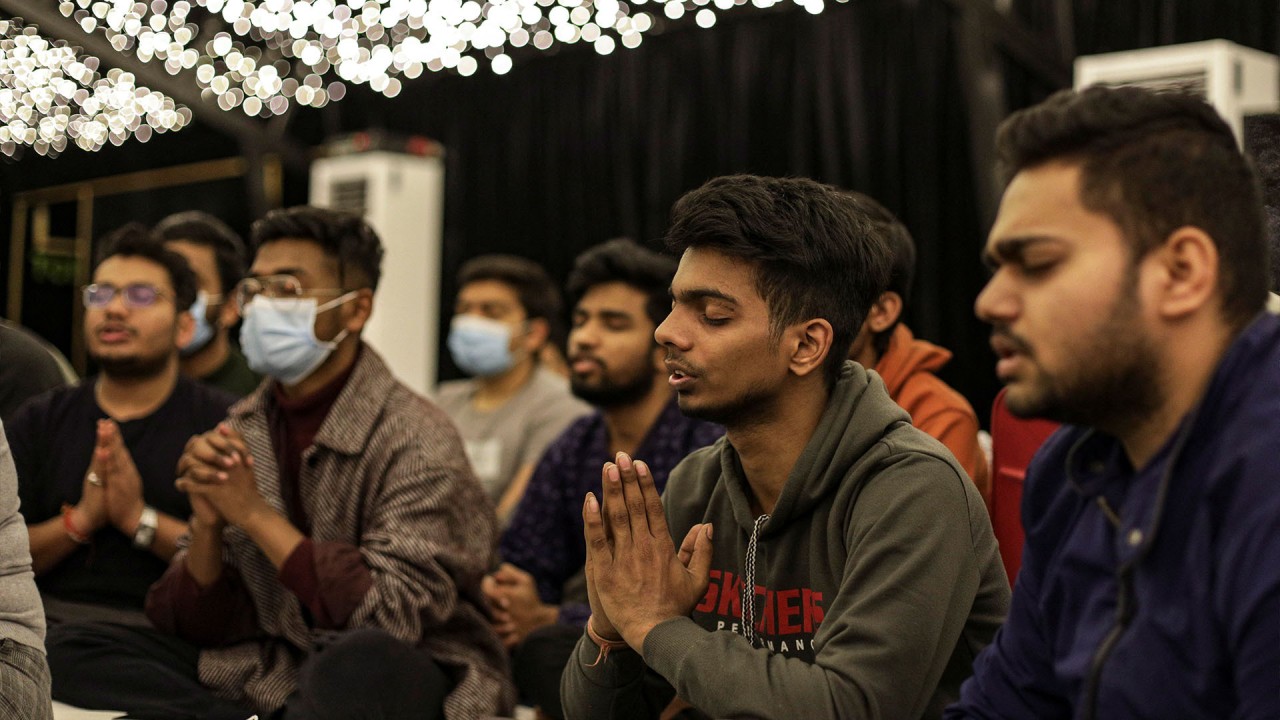
How Russian soft power has divided young and old Indians over Ukraine
- Older generations of Indians who grew up on a steady diet of Soviet-era literature harbour a soft spot for Russia and a mistrust of the West
- The young, by contrast, have seen their peers evacuated by the thousands from Ukraine to escape Russian aggression
In recent years, other financial initiatives have brought the two nations closer. In 2019, India’s then-foreign secretary Vijay Gokhale said New Delhi had signed 28 investment deals with Moscow involving steel, coal, energy and oil, targeting an estimated annual trade of up to US$30 billion by 2025.
While defence deals and trade ties are important to India, especially as the rise of China and Pakistan poses new geopolitical threats, Indo-Russian ties tend to go deeper.
Few people realise Russia has been wooing India for the past three decades. It has done so using the immense soft power of cultural exchange – in particular, and perhaps surprisingly, through the distribution of charmingly illustrated children’s books.
For Indians who grew up in the 1970s, 80s and 90s, when folktales from the erstwhile Soviet Union flooded Indian book fairs and shops, the love for Soviet-era literature has proved to be a strong unifying force. There are now Indian Facebook groups dedicated to preserving and digitising these beloved books.
Printed with a hard cover and on glossy paper, with beautiful illustrations, the books were available at throwaway prices. For as little as Rs15 (US$0.20), you could immerse yourself in fantastical tales of rich tsars and tsarinas, adventurous merchants, power-hungry judges and wilful thieves and bandits.
These materials had a startlingly wide reach. According to a declassified CIA report released in 2011, as of 1985, some 25 million books, pamphlets and magazines translated into 13 Indian languages were being distributed across India each year. The initiative has helped subsequent Indian governments garner public support in favour of Russia.
In 2014, when Prime Minister Narendra Modi met Vladimir Putin on the sidelines of the BRICS summit in Fortaleza, Brazil, he may have been referring to the popularity of Russian children’s books in India when he told Putin that “every child in India knew that Moscow was New Delhi’s best friend forever”.
Soviet-era books were sold at a huge 60-65 per cent discount to People’s Publishing House in New Delhi, peddled by a host of Russian publishers – Raduga Publishers, Novosti Press, Agency Publishing House, Mir Publishing House – which distributed and marketed these books in India.
A magazine for teens called Soviet Review, and one for families, Soviet Land, was published twice a month, with subscriptions of over 75,000 and 550,000 respectively. Sputnik Junior for children and Soviet Panaroma were other popular publications that seeped into the Indian consciousness.
Leo Tolstoy, Maxim Gorky and Fyodor Dostoevsky, as well as books on Russian medicine, agricultural reform, music and poetry, all flooded India’s stores and enjoyed a strong readership.
Today, all that soft-power diplomacy has left its mark – but only on an older generation of Indians who grew up on this steady diet of Soviet-era culture and who continued to harbour a soft spot for Russia even after the fall of the Soviet Union.
Various opinion pieces show that many are suspicious of the West and critical of Ukraine’s defiance of its powerful neighbour, especially because they believe America abandoned the country in spite of its promises to make it part of Nato, just as it did Afghanistan.
India has every reason to avoid taking sides in Ukraine war
However, it is no surprise that a younger generation of Indians, whose peers have fled the violence of war-torn Ukraine, are taking a different stance. There is no nostalgia to cloud their moral judgment as maternity hospitals are bombed, civilians are killed and searing images of bloodshed and human rights violations come streaming in day after day.
In New Delhi, on March 3, social activists, students from schools and colleges, and members of the Gandhi Mandela Foundation organised a march to call for peace in Ukraine. Over 500 Indians have volunteered to join the International Legion, supporting and fortifying Ukraine’s military forces.
As the war advances, how long India’s government can maintain its silence without picking a side is debatable. But one thing is clear: we are living in two Indias.
Kamala Thiagarajan is a freelance journalist based in Madurai, southern India


